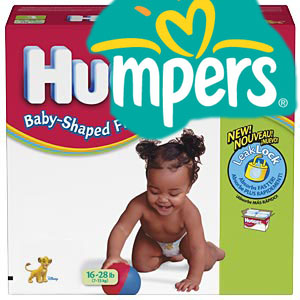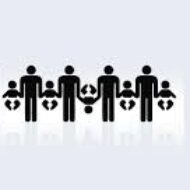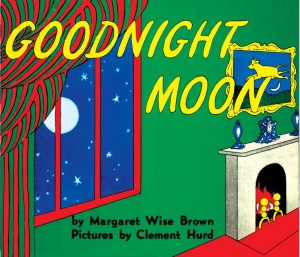 Theodore just brought us word that diaper companies are starting to pay a bit more attention to the fact that dads, and not just moms, wipe shit off their kids’ butts. Now I want to ask a question not addressed by the Times article (written by my friend Andrew Adam “No, not that Andy Newman” Newman): Who makes diaper decisions at home, Mom or Dad?
Theodore just brought us word that diaper companies are starting to pay a bit more attention to the fact that dads, and not just moms, wipe shit off their kids’ butts. Now I want to ask a question not addressed by the Times article (written by my friend Andrew Adam “No, not that Andy Newman” Newman): Who makes diaper decisions at home, Mom or Dad?
Chez Gross, it’s definitely Jean, but not because I meekly demur to her wishes or because I can’t be bothered to do research. It’s because we started on Pampers, they fit well, and why should we change now? We’re lazy consumers in this case—which also means we’re ripe for being marketed to. But where are the ads persuading us to switch brands or upgrade our standards?
At best, the diaper industry improves its urine-and-fecal-matter-absorbing technology à la Dry Max, annoying some easily annoyed parents. At worst, we get faux-denim piss rags (seriously, that’s what they’re called in Chinese: niao bu) that annoy absolutely everyone.
And how are these marketed? I’d argue it’s done in a fairly gender-neutral way—babies are shown toddling happily and drily around, proving the diapers not only perform their primary function but fit well to boot. Does that appeal to women more than men? I don’t think so, but I also don’t think it’s as effective as it could be. In other words, all diaper ads look about the same—Pampers and Huggies are as interchangeable as Dr. Pepper and Mr. Pibb. You pick one because it’s the one you always picked, not necessarily because it’s better.
If the companies started a marketing gender war, however, then think how much fun we could have! But what would truly branded-and-gendered piss rags look like? Are mothers more interested in looks? Would fathers prefer detailed tech specs? Again, I have no idea, so we’ll have to wait for the diaper-industrial complex to tell us.
Luckily, it’s June (the month of Father’s Day, in case you didn’t know), so the marketeers may actually be reading this post. That’s assuming they know how to read, of course.



